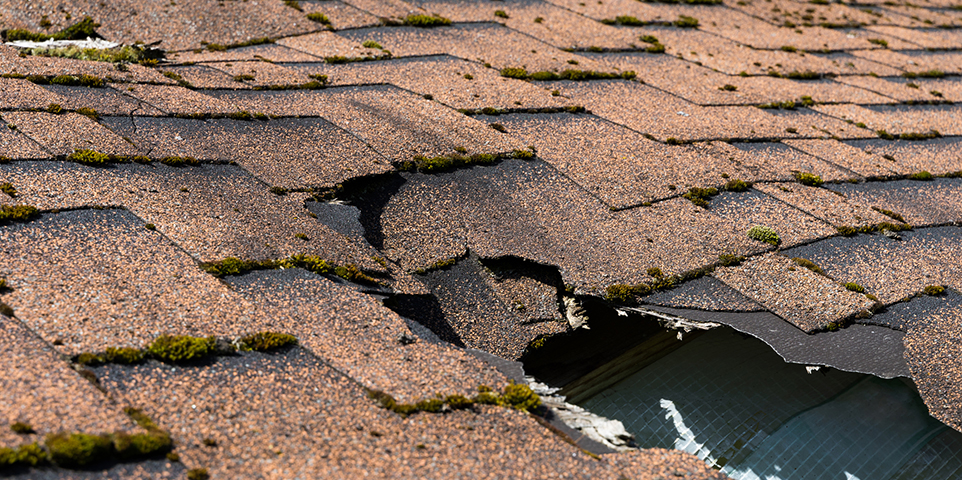MEMBERSHIP
AMPLIFY
EN ESPAÑOL
Connect With Us
- Popular search terms
- Automobile
- Home + Renters
- Claims
- Fraud
- Hurricane
- Popular Topics
- Automobile
- Home + Renters
- The Basics
- Disaster + Preparation
- Life Insurance

Your roof is an important part of the structure of your home or business. If it is well maintained, it protects the structure from the perils of hail, wind, water (rain, ice), fire, and other hazards. An old or poorly maintained roof can increase the risk of interior damage to ceilings, walls, foundations, and contents, such as furniture. Even a small leak can cause widespread water damage, mold, and mildew.
Homeowners insurance policies typically cover roof damage resulting from a covered peril, such as wind, hail, or falling trees. The age and condition of your roof, as well as the roof's material and shape, can all influence how your insurance company assesses your risk and determines coverage. One of the biggest factors that play a role in how your insurance company will pay for roof replacement is its age and condition. If your roof is over 20 years old when you apply for home or business insurance, most insurance companies will require it to pass an inspection. Other insurers may decline to write new policies for homes or businesses with older roofs. And if they do accept your application, they may specify that it’s only covered at its actual cash value (ACV) — meaning depreciation is factored into your final payout, rather than Replacement Cost Value (RCV).
To find out more about roofs and insurance, download the Triple’s Roofing Toolkit, How Your Roof Influences Your Home and Business Insurance.
Please click on the file name below to view the article in PDF format. You will need Adobe Acrobat Reader to view the file.
Download triple-i_roof_toolkit_2024.pdf
You can download Adobe Acrobat Reader, free of charge, from the Adobe website (https://www.adobe.com/products/acrobat/readstep.html).
Note: Printer fonts may vary by browser and version of Adobe Reader.